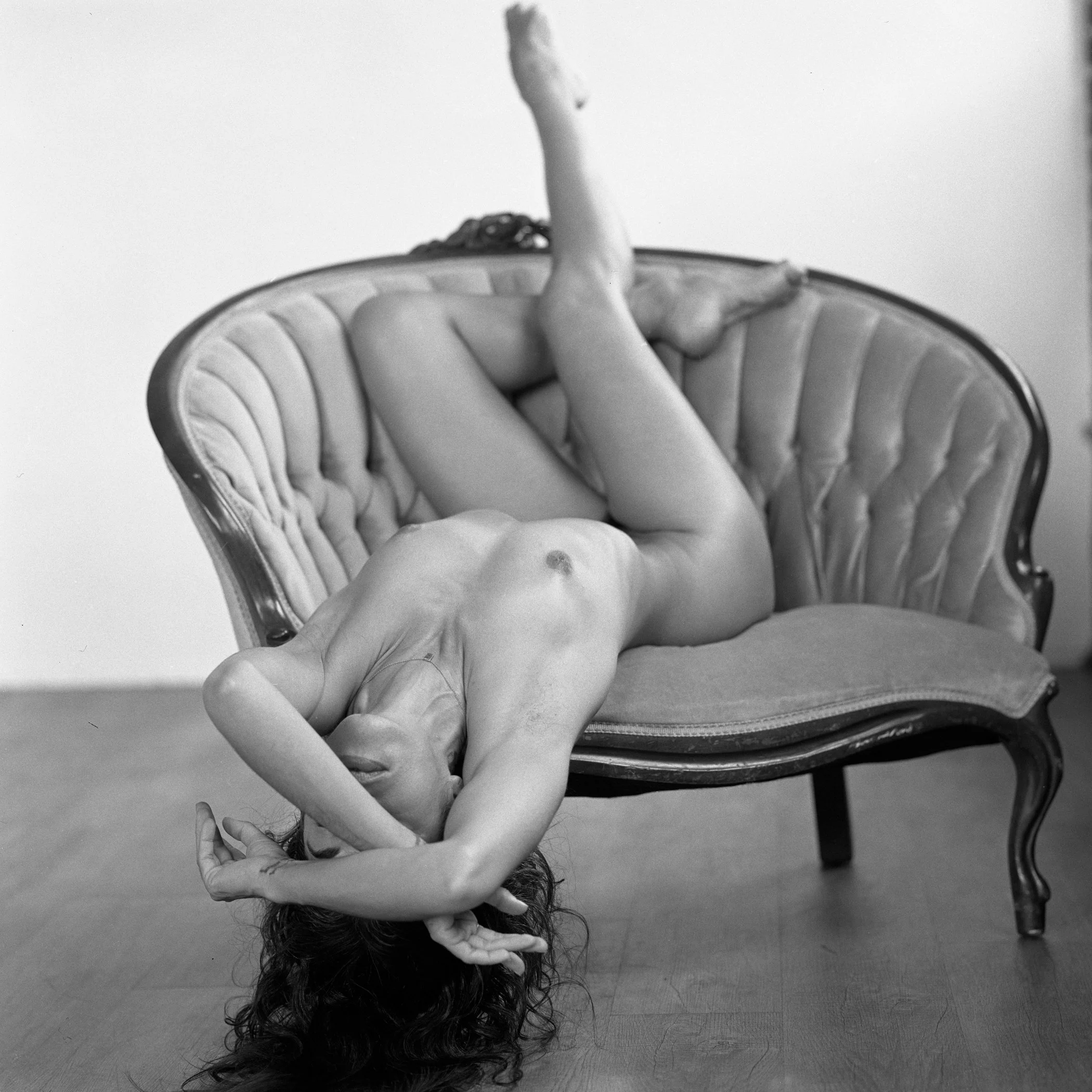
Shadow Detail With Film
I didn’t intend for this photograph to be so contrasty. However, sometimes fate has other plans when working with black and white film and that is perfectly ok with me.

Getting Back To 4x5 Large Format Film
I’ve resolved to start treating 4×5 large format film more seriously than I have in the past. Forcing myself to slow down and think a lot less about quantity in my work is a very healthy frame of mind to move toward.

Panon Widelux Portraits
Using the unique qualities of the Panon Widelux to experiment with portraits in the studio. There is really no way to approach this technique scientifically, which is part of the fun really. There are a few frames on the roll that turned out great!

Kodak Portra With Some Lens Flare
Working with Kodak Portra color film on a very warm summer day. I love working with color negative film. There is a nice blend of grain and grit to it while also showing off fantastic details, especially when working with medium format film.